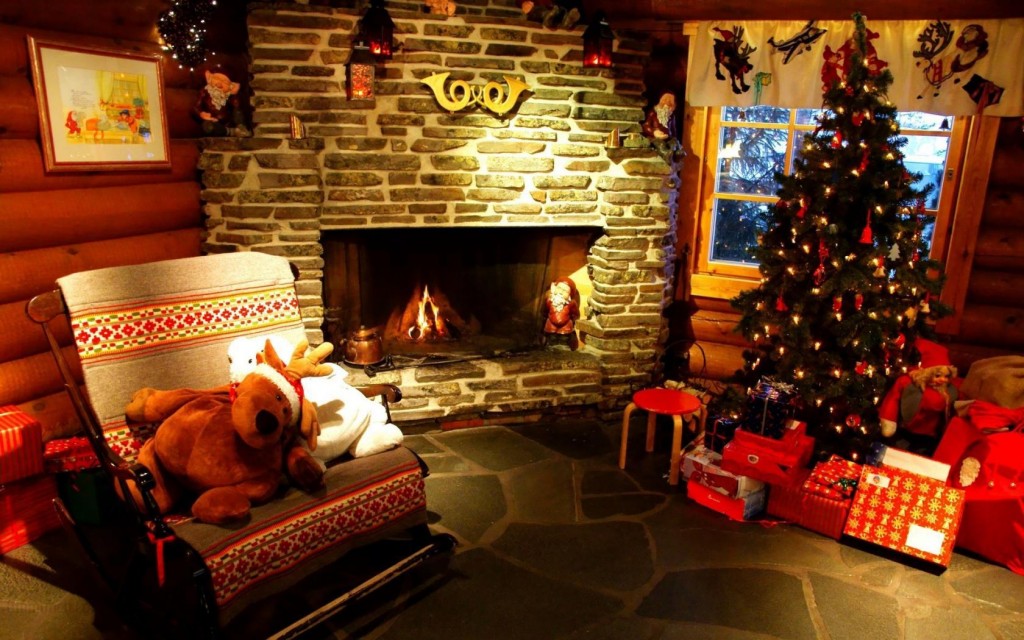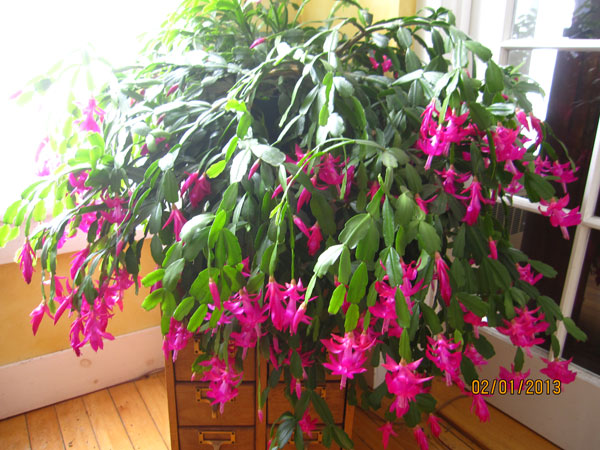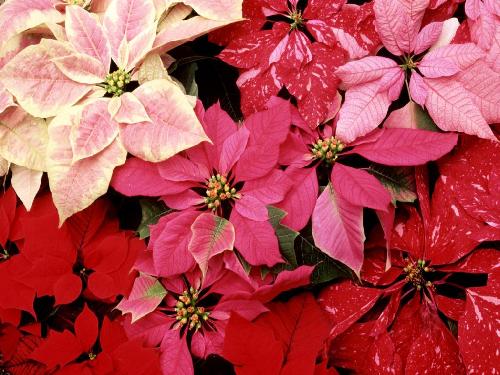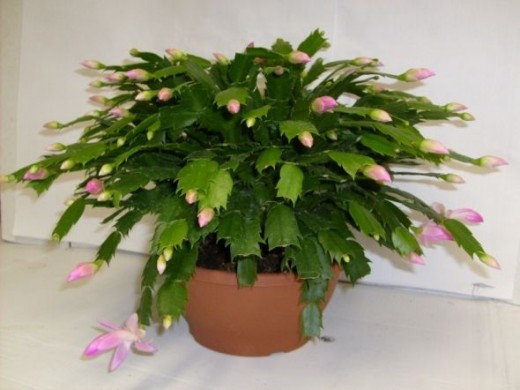Many myths circulate at Christmastime, and several of them deal with our favorite holiday theme plants. The Good Earth Plants Eco-Warrior is here with his Myth Busters hat on to help you out by spreading the true dirt.
Myth 1: Poinsettias are poisonous.
NO, poinsettias are NOT poisonous! It has been a real battle to bust this myth. Some sources attribute the rumor to a 1919 poisoning case in Hawaii that led to the death of a two year-old child. At the time, the cause of the poisoning was incorrectly determined to be a poinsettia leaf.
Poison control centers nationwide say a child or pet weighing 50 pounds would have to eat 500 poinsettia leaves to even start being affected, and that might be due to plant overload versus outright poisoning. Ninety-three percent of the children in a review of 22,793 reported poinsettia poisonings had no symptoms, none.
This is a really hard myth to bust, though. In a 1995 Society of American Florists poll of clients, two-thirds of the adults who responded still believed poinsettias were toxic if eaten.
Poinsettia leaves taste pretty horrible, so it’s doubtful a child or animal will eat very many of them.
There are many popular Christmas plants that ARE poisonous: mistletoe, holly, amaryllis bulbs, and cyclamen (which is poisonous to pets). Be especially cautious with mistletoe berries, which can appeal to kids and pets.

These are beautiful holiday scenes, but be cautious when placing your Christmas tree near a heat source like this fireplace.
Myth 2: Putting an aspirin (or sugar or bleach or… ) in the water will help your Christmas tree live longer.
Nope. You don’t need any additives at all for the three or four weeks you keep a fresh cut Christmas tree in your home. There are two factors which affect the life of your tree: moisture, and heat. Your Christmas tree will absorb up to a gallon of water per day. Don’t let it get thirsty. Add cold water frequently to the tree, as much as it can handle. It will help if you give the tree a fresh straight cut across the bottom when you get home, then immediately immerse it in the water to maximize absorption.
Next, and nearly as important, keep the tree as far away from heat as possible. You probably want the tree right next to a fireplace, and sure it looks great. But it’s not only unhealthy for the tree, it’s unhealthy for YOU as a fire hazard. Other bad places for the tree are anywhere close to a heater vent into the house, a big screen TV or another appliance giving off heat, or a space heater.

Your Christmas Cactus should be placed in natural light without nighttime artificial light to experience the best blooms.
Myth 3: My Christmas cactus needs to be put into the dark for a few weeks to get it to bloom.
Good news, the natural light cycles as we get into winter will get the job done. No reason to put your Christmas cactus into a dark closet every day – and you can do it real harm if you forget and leave it there for days at a time. But you do want to avoid it being in your home anywhere there is bright artificial light after the sun goes down, especially after the flower buds have started to form.
Instead, put these rainforest cacti from Brazil in bright full shade or indirect light in well-drained, evenly moist soil where it will be in the natural darkness of the winter day. Don’t turn the plant; the buds are growing to face the light, and if you force them to change direction, the effort may cause them to drop off. Let them dry slightly between waterings, but you don’t need to let them dry out like a desert cactus. Avoid direct light through a window; if they get too much light, the plants can become burned.

The rounder leaves on the left are the true Christmas Cactus. On the right are the sharper leaves from a Thanksgiving Cactus.
Bonus Christmas cactus myth: The plant you think is a Christmas cactus might actually be a Thanksgiving cactus. How can you tell the difference? Look at the shape of the leaves.
A true Christmas cactus (Schlumbergera bridgessii) has pointed, rounded lobe type leaves. The Thanksgiving cactus version (Schlumbergera truncatus) has spiky stems and its leaves are flat on the bottom. Thanksgiving cacti are much more commercially available. They are in bloom by the start of the shopping season, and they grow more upright which makes them easier to ship to stores.



